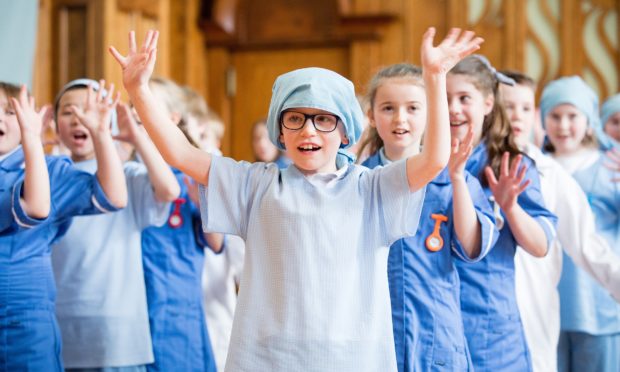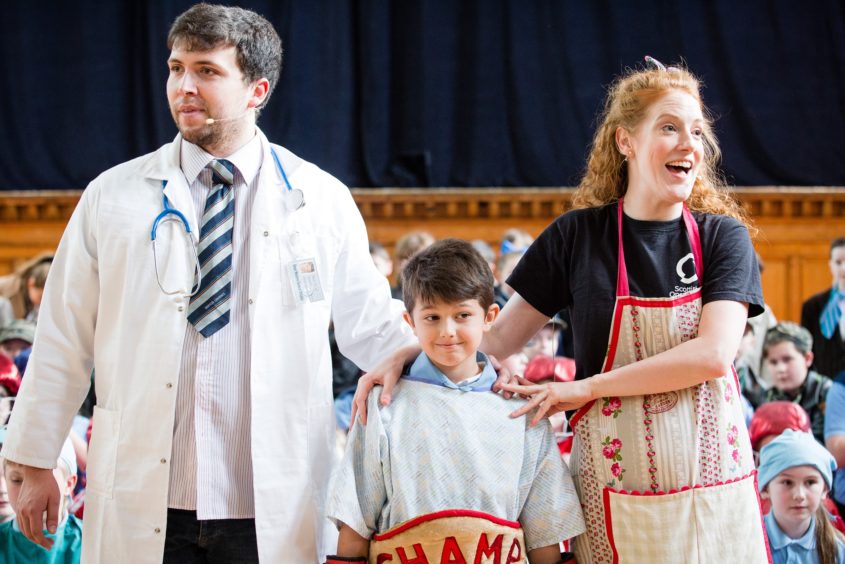The hard work of youngsters from across the north and north-east has been highlighted in a 26-minute online opera extravaganza.
Over the last five weeks, schoolchildren – whether they have been at home or in a classroom – have been learning songs and routines from Scottish Opera’s Fever! production.
They have also been making costumes, conducting science experiments and completing creative writing assignments based on the piece, which was first performed in 2011.
Seeing the show is a staple of many schools’ calendars, but the usual tour has been taken online for the first time amid the pandemic.
A video performance, featuring some of its cast members and youngsters taking part from home, has now been released online.
Children from 17 primary schools contributed to the project, including at Aviemore, Hopeman, Dunbeg in Argyll, Kinellar in Blackburn and Lochardil in Inverness.
The opera follows a young boy who becomes ill with a mysterious disease, while doctors try to find a cure.
Scottish Opera’s director of outreach and education, Jane Davidson said: “For people of all ages who think opera plot lines can’t be relevant to the present day, there isn’t a more powerful example of the benefits using music and the other expressive arts to support cross curricular education.
“In the context of the current pandemic, and updated and adapted for online participation, the subject matter is perfectly balanced between a fantastical and accessible musical story that youngsters can enjoy interacting with.”
It can be found at
scottishopera.org.uk/fever

